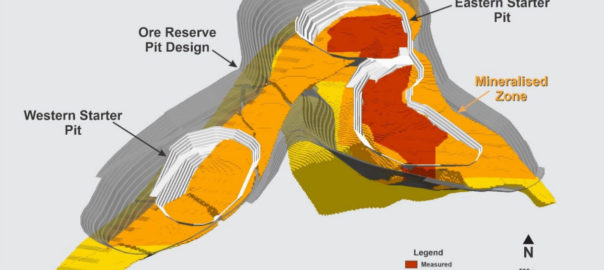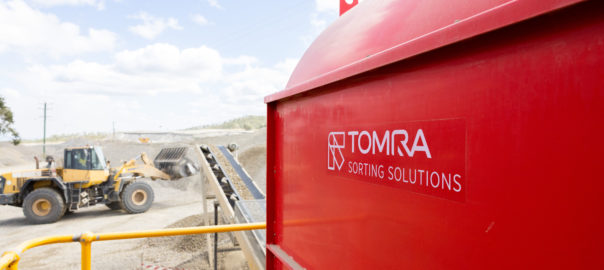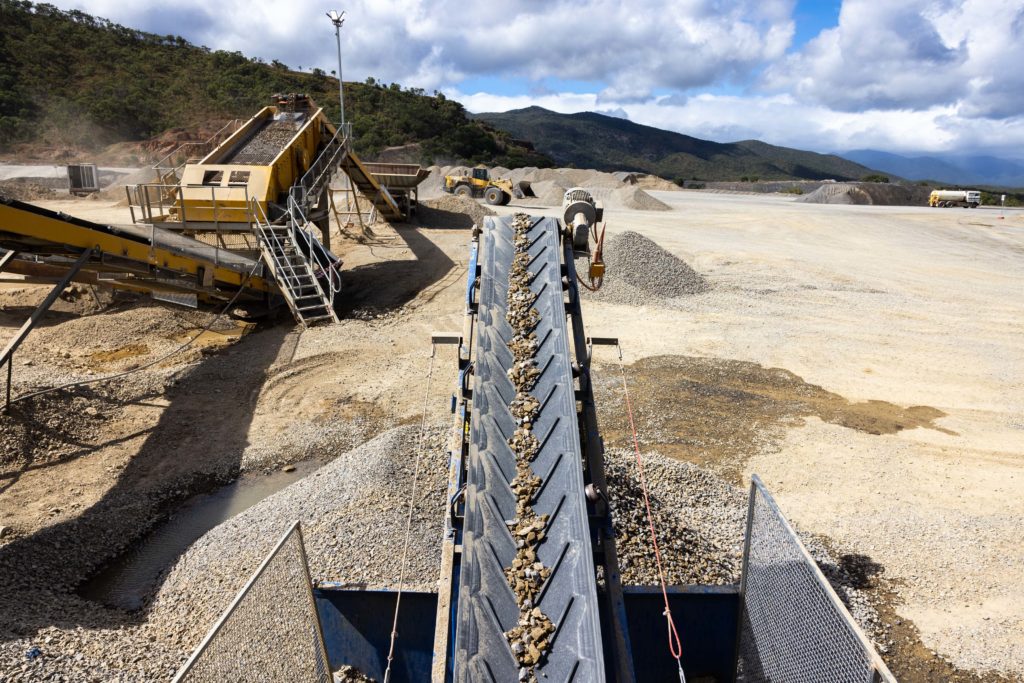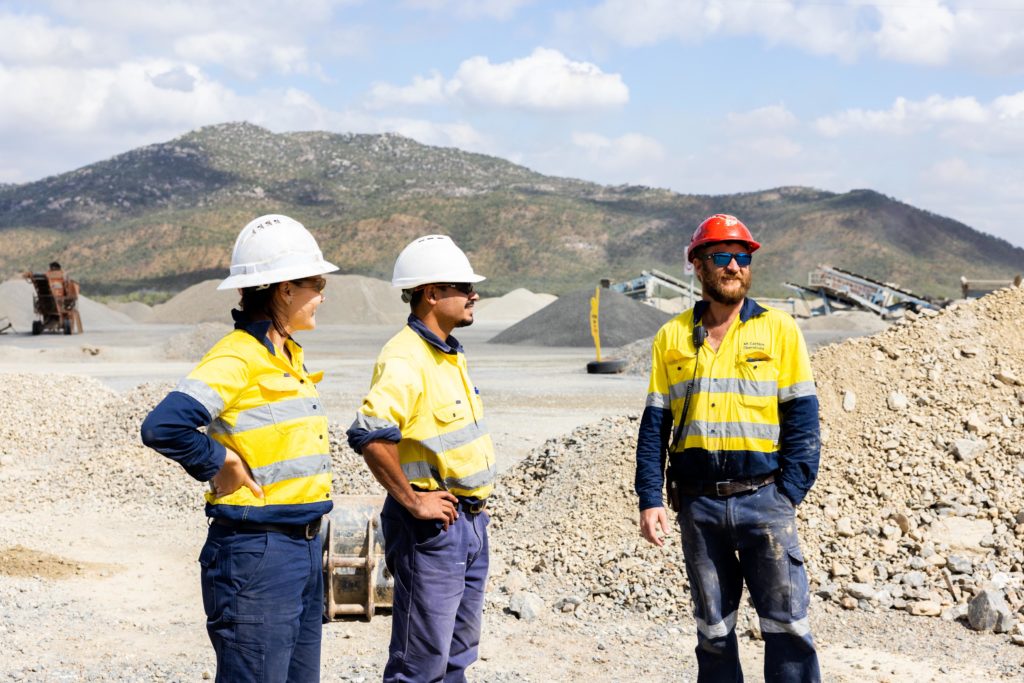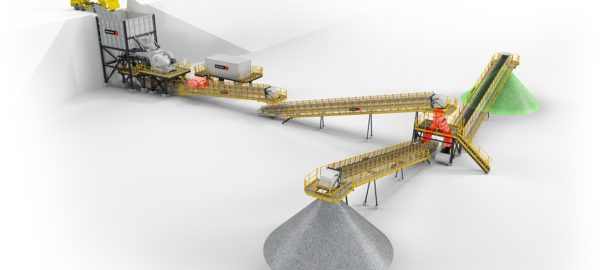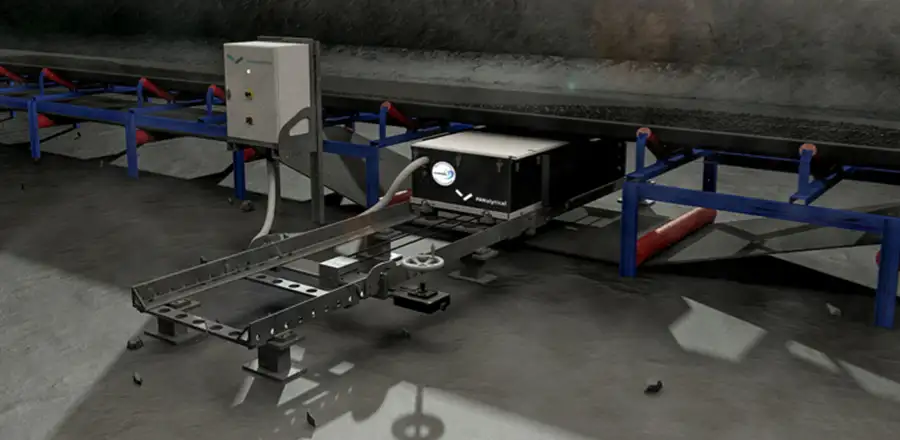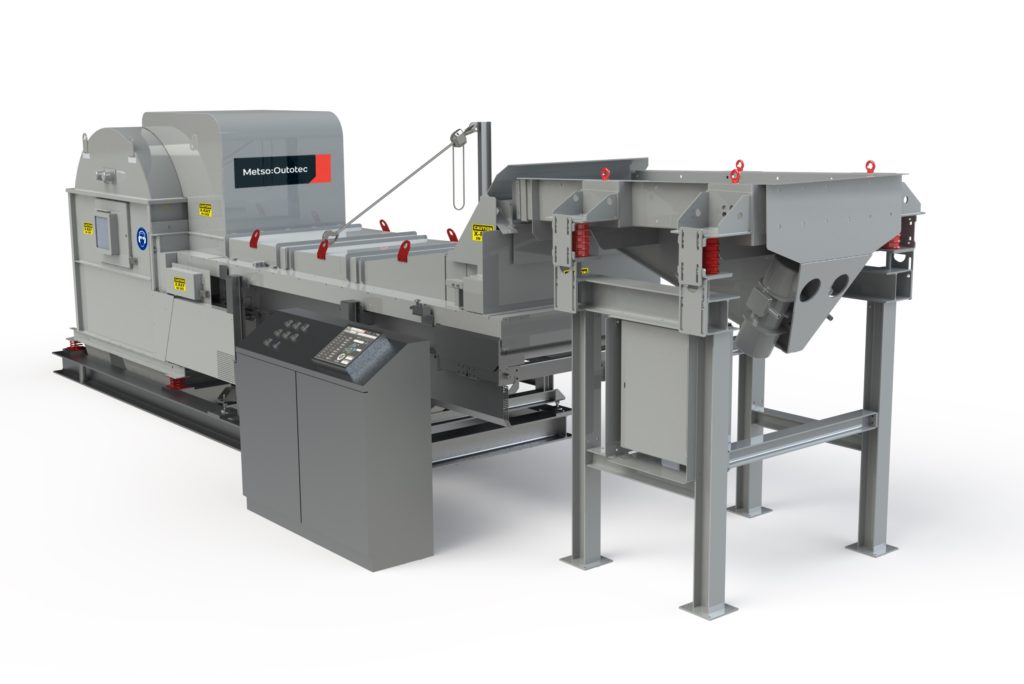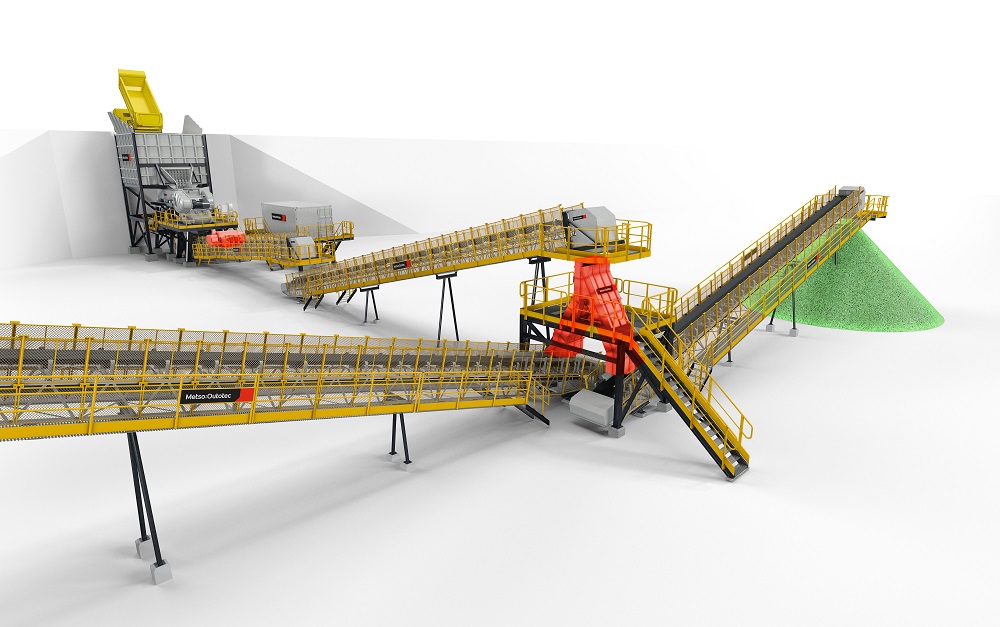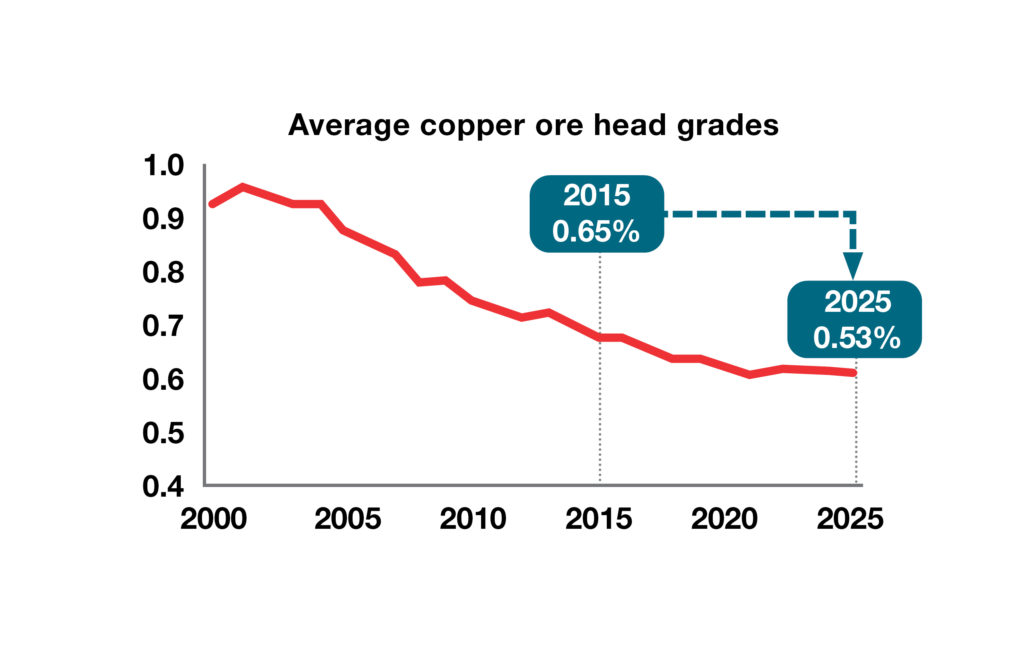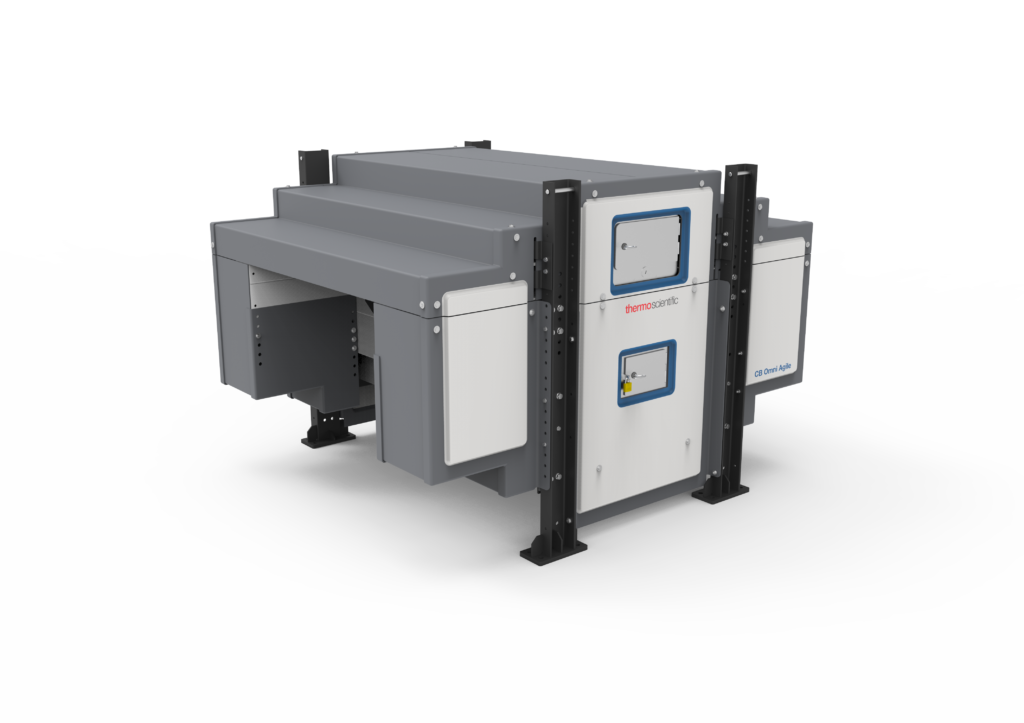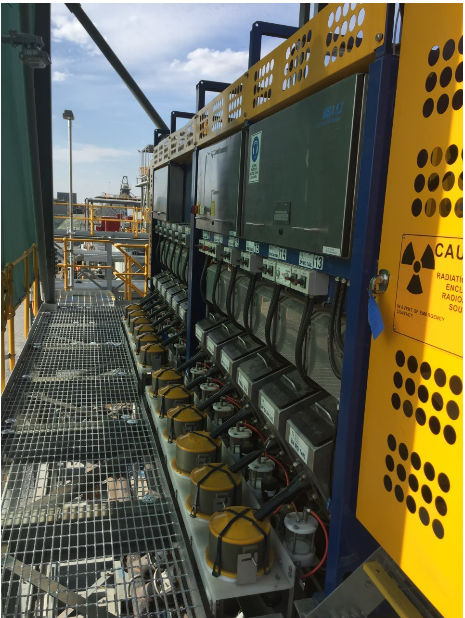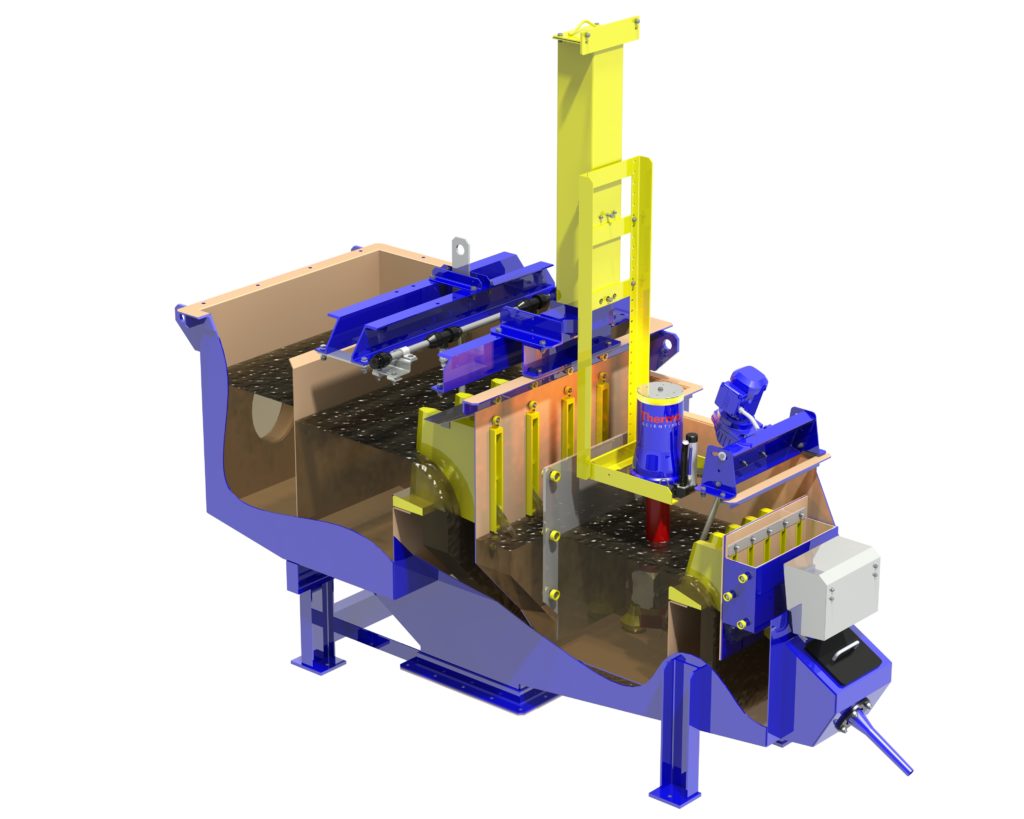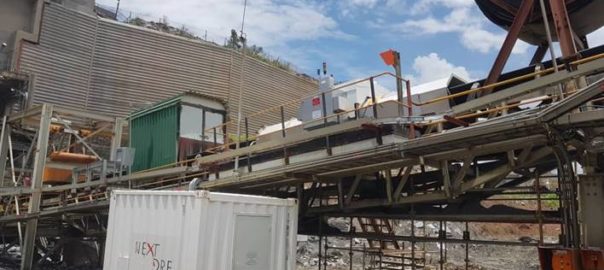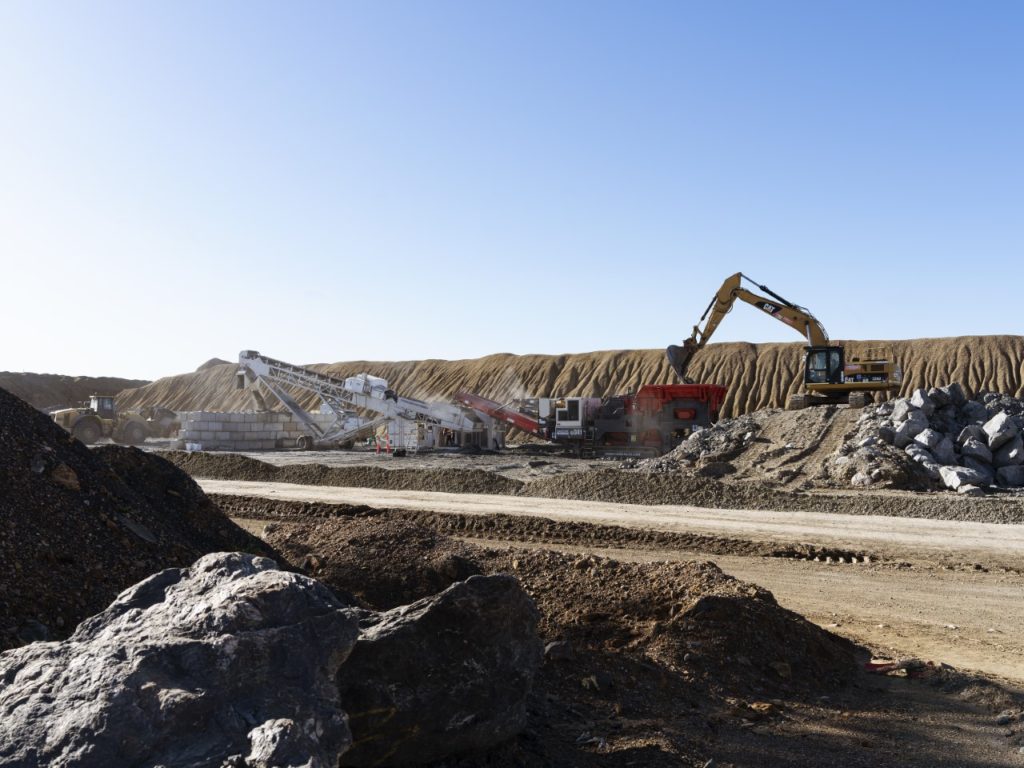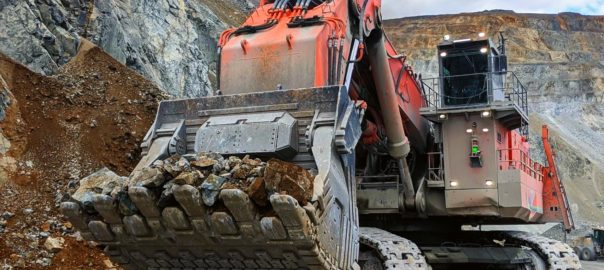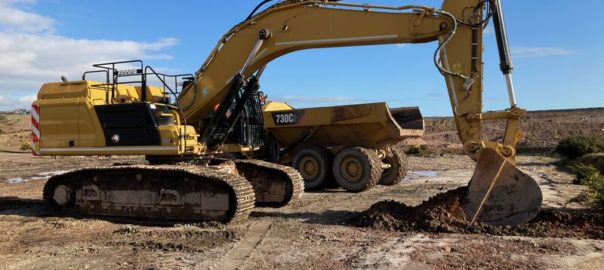Caravel Minerals has issued a prefeasibility study update on its namesake project in Western Australia, which, among other things, outlines opportunities to incorporate high pressure grinding rolls (HPGRs) and coarse particle flotation (CPF).
The company only issued the original prefeasibility study in July of this year. This outlined a dual train plant and infrastructure build costing some A$1.2 billion ($806 million), with parallel development of two 13.9 Mt/y capacity trains for a total throughput capacity of 27.8 Mt/y.
Over an initial 28-year mine life, annual production was expected to come in around 62,000 t of copper in concentrate in this study.
The company said at this point that optimisation studies by Ausenco were already in progress for a single train circa-27 Mt/y design, with the pending results expected to show substantial reductions in capital expenditure and operating costs.
That study has now come out, with the company saying the single train design and the adoption of HGPR and CPF are forecast to reduce processing cash unit costs by up to A$1.23/t of ore and reduce capital costs by around A$100 million.
What’s more, the company is also anticipating reductions in both power demand and water consumption with the use of these new technologies.
After seeing such results, Caravel says it will take forward HPGR use over SAG mills in its definitive feasibility study.
It also said the inclusion of CPF in the process flowsheet had the potential to reduce capital and operating costs when compared with the original prefeasibility study flowsheet.
The original Caravel PFS mentioned the potential use of diesel-electric autonomous haulage trucks with electric trolley assist and electric power for drills and face shovels. Mining operation opportunities also included the use of shovel-grade sensors, with the company saying XRF-based bucket sampling was under consideration.







